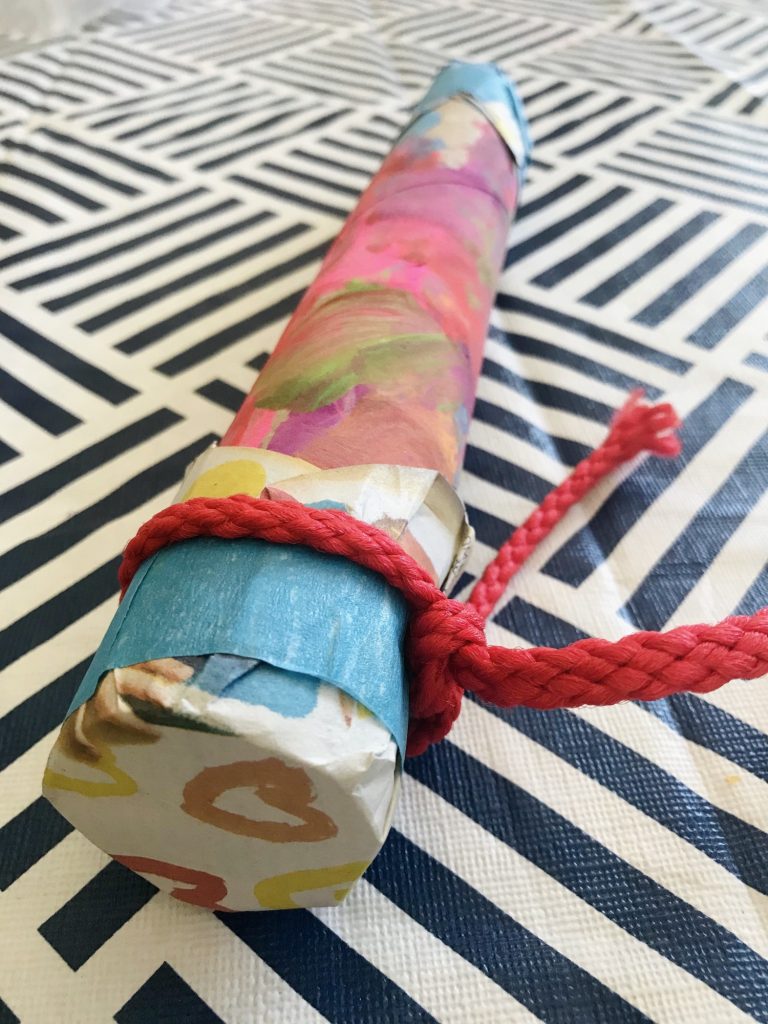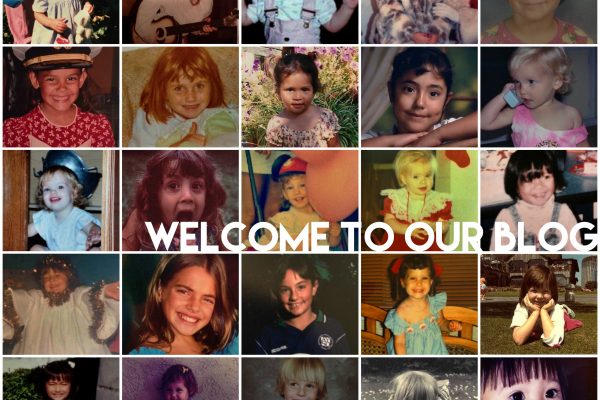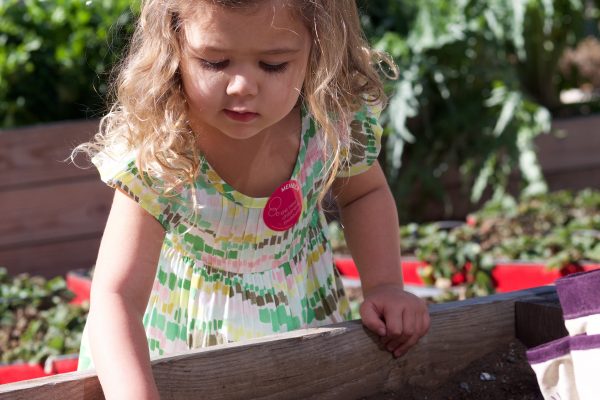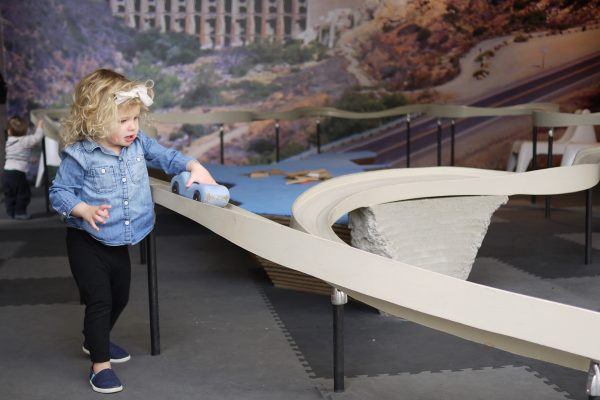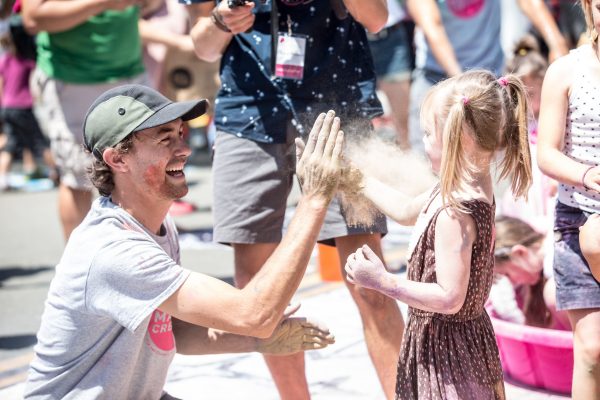As part of our ScholarShare 529 Toddler Time at Home program, we will be making rainsticks out of simple home materials with our little ones! Your little one can get creative with decorating their rainstick and then explore with making musical sounds when they’re finished!
Rainsticks
AGE: 2-5 (with adult support)
TIME FRAME: 30 minutes
SUPPLIES:
- Paper towel tube (1 for each rainstick)
- Paints, markers or crayons
- Paintbrushes
- Two 2-inch squares of newspaper
- White glue, rubber bands or masking tape
- Filler materials such as uncooked rice or beans
- Funnel and ½ cup measuring cup
- Yarn or string
directions
1. Start by having your little one decorate their tube (with paint, markers or crayons).
2. Once dry, attach one paper square onto one end of the tube (using glue, rubber bands or colored tape).
3. Work with your little one to then add ½ cup filler (rice or beans) into the tube using a funnel (if available).
4. Close up the other side of the tube with paper as you did in step 2. Then, finish up your rainstick by tying a tassel on one end. Enjoy making music!
Tips:
- A little filler goes a long way and needs room to move around and make sound.
- Demonstrate to your little one how to slowly tip the rainstick to make the gentle sound of rain.
- Pour the stick faster and slower and talk about the change in sounds with your toddler.
Simple Shakers Version for 2 years and under
Materials Needed:
- Small, round Tupperware container with lid or clean baby food or butter container
- Uncooked rice
- Masking tape (colored, if available)
- Fun stickers (optional)
Directions:
- Pour ½ cup of uncooked rice into selected container.
- Attach lid and seal container with tape – if colored tape is available, consider using more than one color to appeal to your little one.
- Add stickers (optional). Give to your little one to shake and explore its sounds!
Tips:
- Show baby/toddler how to shake the shaker – make noise.
- Let baby/toddler explore it, even with their mouths as long as you can monitor them while playing.
- If you have more than one child at home, have them play together.
Toddler to transitional kindergarten learning connections
Early learners (ages 1 – 5) are natural at exploring music and sound, and music-related activities can provide hours of fun and countless opportunities for learning. To further increase learning connections while creating these rainsticks together with your child, consider incorporating one or more of the ideas below.
The Rain Game
Using your rainsticks as inspiration, create the sounds of a rainstorm together using your hands and feet. Start by exploring the sounds of rubbing your fingers together, then build up the sound (like a storm) with clapping and stomping. Now, do it in reverse until it is silent again. This will help to bring the energy back down for your child after the excitement of the storm!
Dance It Out
Music and movement are naturally paired, and when explored together, connect the body and the mind. Both music and movement making are great avenues for self-expression for you and your child. Using your homemade instruments, create a rhythm or follow along to a favorite song and dance/move together.
Select a Story
Reading is a wonderful vehicle for learning and for introducing new ideas to early learners. Select engaging and age-appropriate books that feature music, rain and related stories to read to children before and/or after the rainstick-making activity.
Recommended Related Reading (Ages 2 – 5):
- Chicka Chicka Boom Boom by Bill Martin Jr. and John Archambault and illustrated by Lois Ehlert
- Tap, Tap, Boom, Boom by Elizabeth Bluemie and illustrated by G. Brian Karas
- One Love by Cedella Marley and illustrated by Vanessa Brantley-Newton (based on the song by Bob Marley)
Preschool Learning Foundations Standards (Visual Art, Music and Physical Development):
Age 48 months:
Visual Arts
- Begin to recognize and name materials and tools used for visual arts.
Music
- Identify the sources of a limited variety of musical sounds.
- Use body movement freely to respond loosely to beat—loud versus quiet (dynamics)—and tempo.
Spatial Awareness
- Use own body as reference point when locating or relating to other people or objects in space.
Age 60 months:
Visual Arts
- Recognize and name materials and tools used for visual arts.
Music
- Identify the sources of a wider variety of music and music-like sounds.
- Use body movement freely and more accurately to respond to beat, dynamics and tempo of music.
Spatial Awareness
- Use own body, general space and other people’s space when locating or relating to other people or objects in space.
